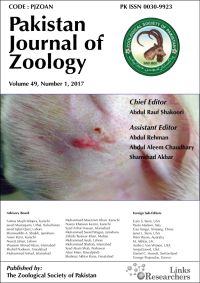Identification of Glycolysis-Related Gene Signature and Prediction on Prognosis of Colon Cancer
Identification of Glycolysis-Related Gene Signature and Prediction on Prognosis of Colon Cancer
Qingsen Ran1,2, Manjing Li3, Jiayin Han3, Lifang Wang3, Han Wang3,4, Shaobo Liu5* and Yanping Wang1*
ABSTRACT
Identification of core biomarkers for cancer prevention and treatment is crucial. Tumor glycolysis is an important metabolic phenotype and many natural compounds from medicinal plants exhibit anti-glycation effects. Therefore, it is of potential significant to find biomarkers based on glycolysis-related genes in predicting the prognosis of colon cancer (CC), a common invasive gastrointestinal tumor. In this study, clinical and gene data were collected to identify glycolytic genes that significantly associated with overall survival (OS) rate of CC patients through gene set enrichment analysis (GSEA) and Cox regression models. The K-M method was used to determine the difference of OS rate with high and low risk scores. The accuracy of risk scores were determined based on receiver operating characteristic (ROC) curve. Hierarchical analysis and Cox regression were performed to assess the correlation between CC risk score and clinical symptoms. Moreover, qPCR was used to verify the expression level of prognostic genes in human colorectal cancer cell line (HCT116) and human colorectal epithelial cells (FHC cells). The results showed 202 glycolytic genes were found with statistical differences, and 4 glycolytic genes were identified, including Enolase 3 (ENO3), glypican-1 (GPC1), Nucleolar Protein 3 (NOL3) and Stanniocalcin 2 (STC2). A prognostic risk score model was established, and the OS rate of high-risk patients was found significantly reduced (p <0.001) compared to low-risk patients. The 5-year OS ROC area under curve (AUC) of the model was 0.75. qPCR results confirmed that glycolysis-related genes ENO3, GPC1, NOL3 and STC2 were significantly upregulated in HCT116 cells compared to FHC cells. In conclusion, our study identified four glycolytic genes that significant impact prognosis of CC, and established a prognostic risk prediction model, which can provide reference for prognosis assessment and efficient treatment in CC.
To share on other social networks, click on any share button. What are these?










